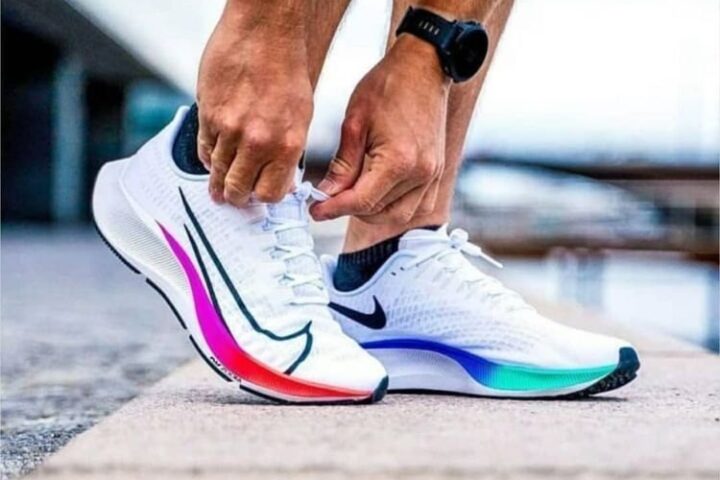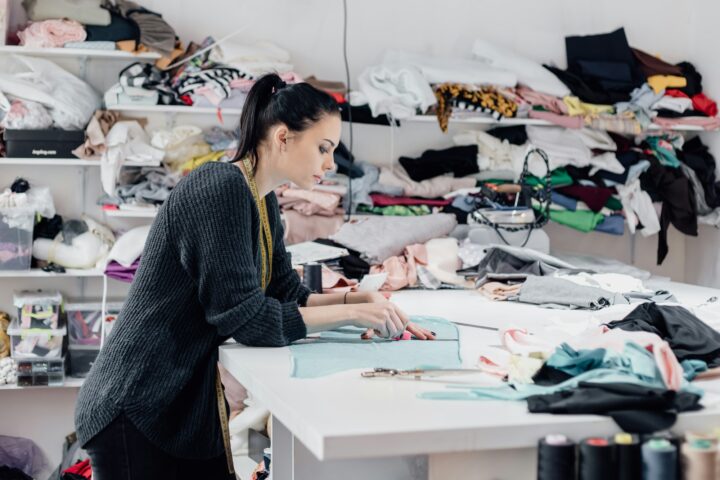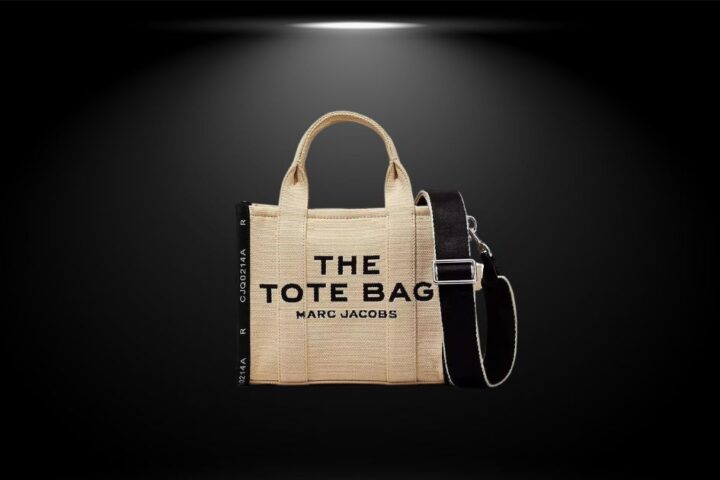Dhirendra Singh is an Advocate and Founder Director of Brand Protectors India Pvt Ltd. From the forces to legal practice, corporate legal and ultimately finding his passion and sense of purpose in IP Rights risk mitigation and IP / Brand Enforcement, led him to create Brand Protectors India Pvt Ltd which has a pan India presence now. Mr. Singh has planned investigative strategies, Anti Counterfeit disruptive Enforcement action plans, led teams and busted some of the biggest counterfeiting organizations in India which includes Online Counterfeit rackets on B2C, B2B, eCommerce, and Social Media platforms, and counterfeit imports.
In a conversation with Apoorva Mehta, Executive Manager at Legal Desire, Mr. Singh talked about one of his most interesting cases along with some tips to mitigate counterfeiting risk factors and how to protect your intellectual property.
What inspired you to get into this field?
I was not inspired, rather back then, I was triggered into relooking, revisiting, and rethinking about my whole professional life by a single shattering and tragic event. A death. It is still as fresh in my mind, as it was ages ago.
Death and human loss, have the potential to unleash human potential and make us embark on a path, which gives us a deep sense of purpose. This is how my journey with IP Rights Protection and Enforcement started. I lost someone very dear, to counterfeit pharmaceuticals. I needed redress and answers, but none came. It also threw up a disturbing question in my mind, if this could happen with me in a big city, then what about the masses in smaller towns, who may be going through similar tragic life-shattering experiences.
My anguish, anger, pain, and that one disturbing question, led me to research IP rights, brands, enforcement against infringement, anti-counterfeiting and I found some law firms in India, involved with IP Protection and Anti-Counterfeiting work but majorly under the softer civil law. Then there was criminal law, with teeth, quick turnaround, to achieve lasting impact in disrupting and obliterating the IP / Brand infringing supply chains and the counterfeit trade. I quit everything and dived deep into the uncharted territory. From a small start, our teams have grown and now we have a pan India presence and I found my purpose.
How do the Anti-counterfeiting and Brand Enforcement raids take place?
Anti-Counterfeit raid actions are the result of our continuous and ongoing investigations – online and offline, market intelligence surveys, embedded in-house investigative human assets in counterfeit supply chains, resulting in a continuous collection of actionable intelligence about counterfeits. Actionable inputs from the foregoing exercise about counterfeits in a geographical territory, the scale of counterfeits of a brand, and the impact, deterrence, and disruption a raid would create in the counterfeit supply chains leads me to step into the shoes of a brand/client to take a decision, to either go ahead with a raid action or not.
The next step is to immediately coordinate with police authorities in real-time, with all the evidence collected against a counterfeiter or a supply chain and then align all the enforcement logistics and carry out the raids on the ground, resulting in seizure of counterfeits, arrests, and registration of criminal cases. Depending on the legal proposition involved in approximately ten percent of the cases, we opt for civil enforcement.
Tell us about your most interesting case?
Frankly, there are just too many of those. But in mid-2017, we were faced with a unique problem. Counterfeits on eCommerce platforms like Flipkart, Amazon, Snapdeal, and Shopclues are being sold for up to 70 % discounts. Honestly, all our client companies/brands and we were caught unaware and had to come with an effective response to this phenomenon of online fakes. We did not understand the online ecosystem, at that point of time, pretext purchases made online got us fake products but with invoices from online sellers which had fake addresses on them. The ecommerce platforms were not cooperative at all. Quick thinking and we became part of that ecosystem through decoy seller accounts on ecommerce platforms, to understand how the entire ecosystem works.
This led us to uncover the entire modus operandi of sellers, with full knowledge of Ecommerce platforms. Next, our investigators continuously tracked, the product/order pickup teams of ecommerce platforms, thereby mapping each online counterfeit seller location in different cities and back to the warehouses of the Ecommerce platforms.
All the data established this to be big, hence I took a decision to let the entire country know about this huge online racket and expose it and we carried out raids against sellers and warehouses of ecommerce platforms for counterfeits and CNN News18 aired the story live from ground zero as it unfolded. In multiple raid actions, dozens of online sellers were arrested along with Managers and Senior Managers from ecommerce platforms who were in charge of those sites/warehouses. This was followed by the live debates and shows, leading to the then Consumer Affairs Minister to come on camera and make a statement that The Consumer Protection Act shall be amended, which was later amended indeed to bring within its ambit Ecommerce platforms.
The links to the above CNN News18 breaking news stories uploaded on our YouTube channel are below:
During raids, what kind of cooperation do you get from local Police and other investigative authorities?
Once we share the actionable inputs with all the legal documentation, then Police authorities promptly respond and assign a police team to accompany us to carry out the raids, wherein, the counterfeiters are arrested, FIRs are registered and counterfeits are seized. The cooperation and timely response of Police in India depends on the level of credibility and reputation, an IP / Brand Enforcement company has built for itself over the years.
I do hope that at some point DRI and GST Enforcement shall start looking proactively at counterfeit supply chains from a money-laundering perspective and GST theft perspective as mandated by PMLA and the GST Act/Rules.
In many instances, the police are wary and skeptical about taking action owing to lots of dubious brand protection agencies and law firms in our domain, who instead of taking the action through to its logical conclusion, as mandated by the law in our country, prefer to and are on the lookout for a settlement with the counterfeiters.
How can the counterfeit risk be mitigated?
Counterfeit risk is best mitigated by a proactive approach, starting with necessary registrations of the IP in question. Next is, for brands to have a zero-tolerance policy towards counterfeits.
(a) Sensitization and training of the sales force in each company, about brand protection and putting in place a system, wherein the salespeople on the ground send in sightings of counterfeits of their company’s brands in the markets in real-time with basic evidence.
(b) Customer awareness and having a dedicated helpline/platform, for customers to share real-time inputs. Making the customers, a part of this fight against counterfeits of respective brands.
(c) Having a credible IP / Brand enforcement program in place, which is outsourced to agencies and law firms with integrity. Integrity is key to the entire exercise, else it is pointless.
What are the precautions a brand holder must take in order to protect its IP?
I always say this to companies and brands. “Protect your reputation. Your good name is your most vital credential and once damaged can’t be easily repaired.”
Must take precautions, would include active monitoring of Brand Enforcement programs, the assessment of impact, market shifts and keeping a watch on the work being done by law firms and brand enforcement companies, to whom IP / Brand Enforcement work is outsourced, plug the gaps at the first instance. Trust but verify.
Lastly, never settle the cases, criminal or civil, against counterfeiters as it sends out the worst possible message to the counterfeit trade and goes on to encourage it. Counterfeiting is all about how the risk and reward equation pans out for a counterfeiter.
Considering the Pandemic, everything has gone digital. How do you handle online cases?
We were prepared and it was easy for us. With immense knowledge and insights, we had gathered in 2017, while working on online counterfeits on eCommerce platforms (B2C) we had put in place tools, SOPs, and methodologies for active tracking, monitoring, trigger, verifications, and actions against online counterfeits on the ground.
Since 2017, we have been hands-on with online space, in the context of counterfeits, from B2C to B2B, Social Media platforms, Messaging Apps, and how counterfeits are pushed through this space. In these years after 2017, we have tracked how the counterfeit trade has found and used newer online tools, but we have been matching each of their steps, by keeping our ears close to the ground. They have been evolving and we have kept an active pace and at times anticipated beforehand, what they may use next to push counterfeits through online channels
Lastly, what do you suggest to young lawyers in this field?
Develop one core area of expertise. Never let go of integrity and transparency. Always remember, Integrity and Transparency are competitive advantages in the long term. Lastly, never take shortcuts.















